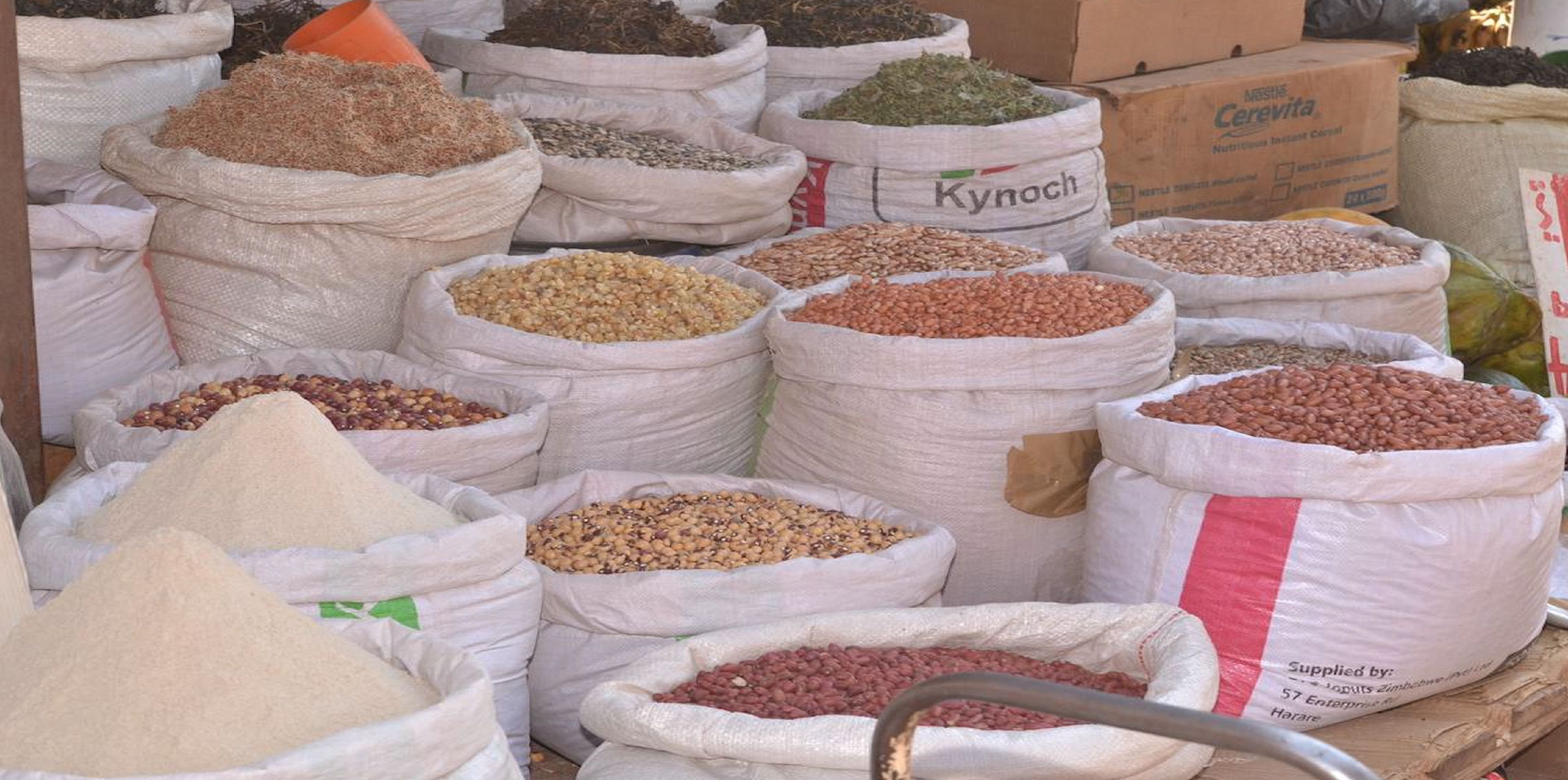
How can digital solutions
enable agriculture to cope with
a fast-changing climate?
There is increasing consensus that digital solutions have a big role in building the adaptive capacity of agriculture to Climate Change. As part of generating more evidence in that direction, the Center for Agriculture and Food Policy (CAFP) worked with International Water Management Institute (IWMI), Global Center on Adaptation (GCA) and African Development Bank (AFDB) in conducting feasibility assessment study towards mainstreaming climate smart digital technologies for ecosystem-based adaptation into the Program for Integrated Development and Adaptation to Climate Change (PIDACC) investment project.
The goal was to get insights into best ways to increase the use of such digital technologies in climate adaptation. In addition, the overall aim is to advice decision makers within and outside the public sector on how to mainstream such technologies in climate adaptation. The recommendations for adaptation interventions would then be considered in the PIDACC-ZM.
Major highlights
While digital technology adaptation is very important, its success is influenced by the presence of an enabling environment. Key factors that affect digital technology adaptation include the economic, political and social environment. Digital technologies require special skills in Information and Communications Technology (ICT) and there is need to promote skills development in the areas starting at the primary school level. Key analytical skills are required to keep pace with trends in climate change developments. Some of the climate hazards and shocks occurring in the country including drought and floods are also affecting the Zambezi communities and it is likely to get worse leaving many vulnerable. In addition, there is need for improvement in climate adaptation policies, climate adaptation financing, raising awareness coupled with increased access to digital technologies.
Due to limited resources in Zimbabwe, adoption of digital tools is low, especially in smallholder production systems yet they form the majority of the farming system. To address the challenges at the production level there is need for awareness and capacity building of producers and other value chain players to increase adoption of digital agriculture technologies. This is expected to increase productivity within the farming system without the need for expansion of agricultural land. However, as a result of the unstable macroeconomic environment, the cost of investing in digital tools is contributing to low adoption for example whilst smallholder farmers understand the need to adopt irrigation system, the cost of investing is too high, coupled with a lack of title deeds and these farmers cannot use the land as collateral security when accessing loans.
Key Impacts
- Analysis and recommendations provided key actions and opportunities to be pursued to mainstream adaptation to climate change in the Zambezi basin.
- Improved understanding of digital tools that enhance the adaptive capacity to climate change and improve resilience to the Zambezi basin community.
Engaging audiences and readers
How are you using or benefitting from digital solutions as a farmer, consumer, citizen, trader or entrepreneur?